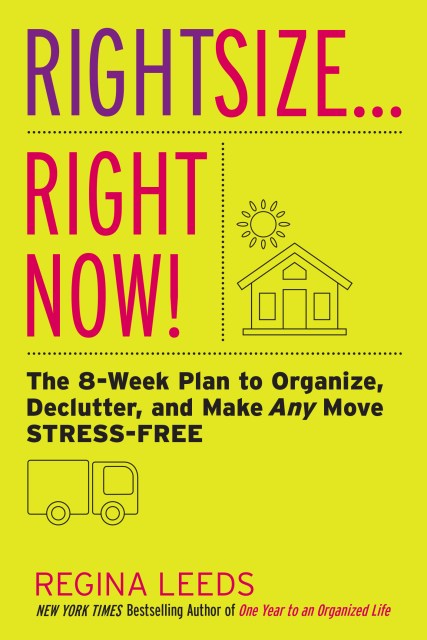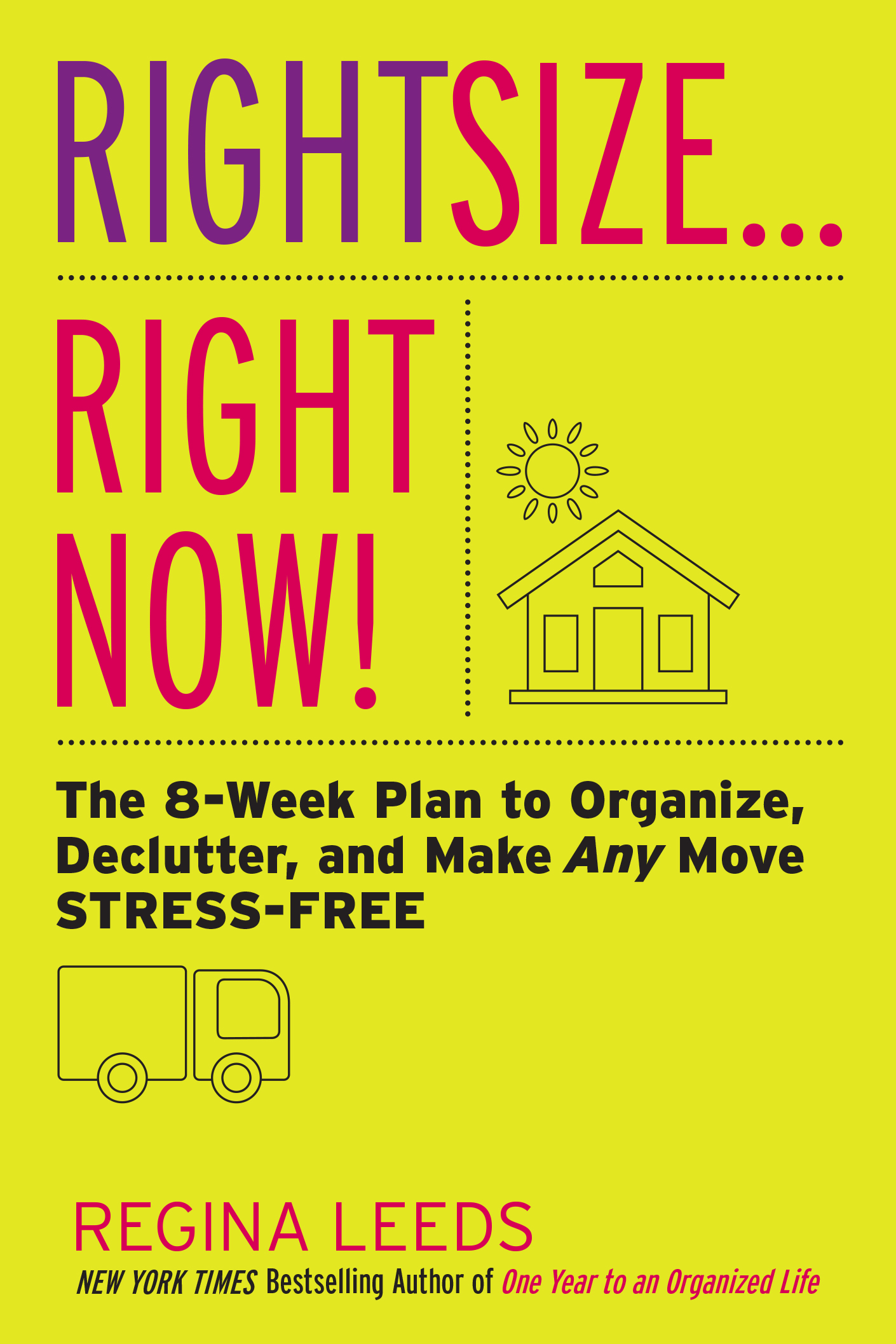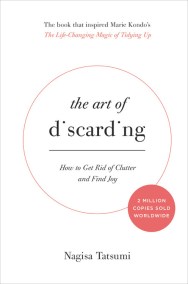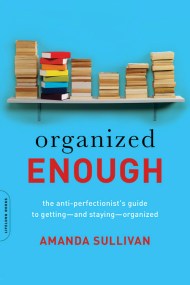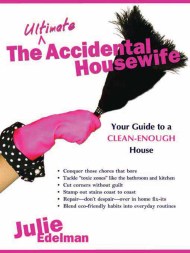Promotion
Use code MOM24 for 20% off site wide + free shipping over $45
Rightsize . . . Right Now!
The 8-Week Plan to Organize, Declutter, and Make Any Move Stress-Free
Contributors
By Regina Leeds
Formats and Prices
Price
$9.99Price
$12.99 CADFormat
Format:
- ebook $9.99 $12.99 CAD
- Trade Paperback $19.99 $25.99 CAD
This item is a preorder. Your payment method will be charged immediately, and the product is expected to ship on or around March 31, 2015. This date is subject to change due to shipping delays beyond our control.
Also available from:
Whether your new home is across the country or across the street, moving is never easy. Between the packing, the hauling, and the unpacking — let alone the clutter of boxes, the misplaced items, and the upheaval of leaving the old place behind — the stress can overwhelm even the most easygoing person. But with the right plan, it doesn’t have to be that way!
For over 25 years, bestselling author and professional organizer Regina Leeds has helped her clients prepare for new homes with practical support and a fresh perspective. She sees moving as an opportunity to simplify and start fresh. In Rightsize . . . Right Now! Regina outlines her 8-week plan to clear clutter, organize, pack, and relocate without stress, with:
Helpful guidance on making a moving plan, from hiring movers down to forwarding mail
Strategies to tackle each room in the house in a smart, efficient way
Rightsizing projects to weed out unneeded possessions
Expert advice on organizing your belongings for the move and the new home
Weekly self-care tips to keep you from getting bogged down
No matter if you’re going from dorm to apartment, house to house, castle to condo, or you’re preparing for retirement, Rightsize . . . Right Now! will help you to conquer the chaos of moving and settle into a simpler, cleaner home.
Genre:
- On Sale
- Mar 31, 2015
- Page Count
- 256 pages
- Publisher
- Da Capo Lifelong Books
- ISBN-13
- 9780738218021
Newsletter Signup
By clicking ‘Sign Up,’ I acknowledge that I have read and agree to Hachette Book Group’s Privacy Policy and Terms of Use
